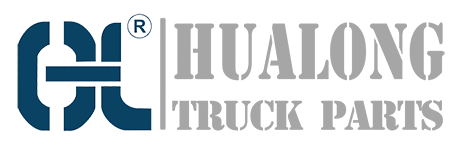Understanding Hydraulic Cylinder Parts: A Comprehensive Guide
Hydraulic cylinders are crucial components in various industrial applications, providing the force required to move heavy loads with ease. To ensure optimal performance and longevity, it is important to have a good understanding of the various parts that make up a hydraulic cylinder. In this article, we will explore the different components of hydraulic cylinders and their functions.
1. Cylinder Barrel
The cylinder barrel, also known as the cylinder tube, is the main body of the hydraulic cylinder. It serves as the housing for all the other components and provides support for the piston and piston rod. Cylinder barrels are typically made from high-quality steel or other durable materials to withstand the high pressure and stress exerted during operation.
2. Piston
The piston is a crucial part of a hydraulic cylinder that converts hydraulic energy into linear motion. It moves back and forth inside the cylinder barrel, creating the necessary force to move the load. Pistons are usually made from strong alloys or composite materials to ensure strength and durability.
3. Piston Rod
The piston rod is a hardened and polished rod that connects the piston to the load or other mechanisms. It transfers the linear motion of the piston to the external load, allowing for controlled movement. Piston rods are typically made from high-strength steel to withstand the immense forces encountered during operation.
4. Cylinder Head and Cap
The cylinder head and cap are essential components that seal the ends of the cylinder barrel. They provide a secure enclosure for the piston, piston rod, and other internal parts. Cylinder heads and caps are often designed with precision to ensure a tight seal and prevent leakage of hydraulic fluid.
5. Seals and O-Rings
Seals and O-rings are crucial for maintaining the integrity of hydraulic cylinders. They prevent leakage of hydraulic fluid and help maintain the pressure within the cylinder. Common types of seals used in hydraulic cylinders include piston seals, rod seals, and wiper seals. These seals are typically made from high-quality rubber or other elastomeric materials.
6. Bearings
Bearings play a vital role in hydraulic cylinders by reducing friction and supporting the moving parts. They allow for smooth and efficient movement of the piston rod inside the cylinder barrel. Common types of bearings used in hydraulic cylinders include bronze sleeve bearings, ball bearings, and roller bearings.
7. Ports and Connections
Ports and connections are essential for the proper functioning of hydraulic cylinders. They allow hydraulic fluid to enter and exit the cylinder, enabling the transfer of force. Ports are usually threaded holes on the cylinder head or cap, while connections are fittings or hoses that connect the cylinder to the hydraulic system.
8. Hydraulic Fluid
Hydraulic fluid, also known as hydraulic oil, is the lifeblood of hydraulic cylinders. It transmits the force created by the piston to the load and also lubricates the internal components. High-quality hydraulic fluids are essential for optimal performance and longevity of hydraulic cylinders.
9. Mounting Styles
Hydraulic cylinders can be mounted in various ways depending on the specific application. Common mounting styles include flange mounts, trunnion mounts, and clevis mounts. The choice of mounting style depends on factors such as load capacity, space limitations, and ease of installation.
10. Cylinder Accessories
In addition to the main components, there are various accessories that can enhance the functionality and performance of hydraulic cylinders. These include position sensors, cushions, and flow control valves. These accessories can improve precision, control, and safety in hydraulic cylinder applications.

